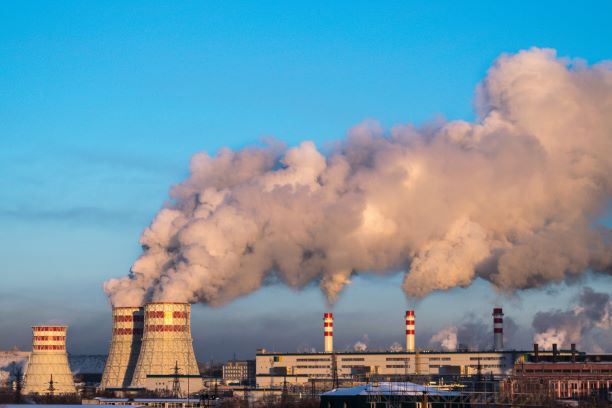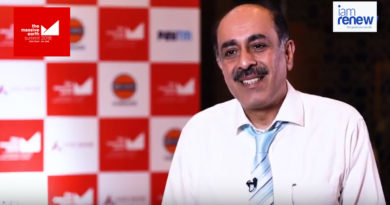Air Pollution, Thermal Plants, And The Cost OF a Clean up. The Game Goes On

With the air quality index turning severe for almost a week , coal-based power plants in the NCR face the heat once again for their contribution. In fact, as we write this, some might even have to shut down, under the graded action response plan (GRAP) that is being followed by the new commitee set up to track and take action.
It is estimated that emissions from coal-based power plants largely originating with sulphur compound emissions and fly ash, contribute to 35 percent of PM 2.5 pollutants in the winter season.
A power plant in Panipat shut down on Monday, two in Hisar and Yamunanagar are in the process of closing. The Haryana power generation corporation limited (HPGCL) has confirmed that more plants in its territory might face a similar issue of the pollution situation remains bad. All this, even as power plats in Punjab are shut for a different reason altogether, lack of coal caused by the railways blockade. The only good news? Power supply and generation, especially hydropower is sufficient for now to tide over any shortages caused by such closures.
Keep in mind that ever since the emission norms for thermal plants were notified in 2015, applicable to power plants set up between 2003 and 2016, thermal power plants have been taking everyone one a merry ride of excuses and delays, when it comes to upgrading their pollution control equipment. These mandated NOx emissions of 300mg per cubic metre, which for those set up from 2017 onwards, the norm mandates 100mg/Nm3. barely any progress has been achieved here.
Of India’ total thermal capacity of 197 GW, the plants set up in the 2003-2016 period account for 65% of total coal fired thermal capacity, with only 5 percent accounted for by plants set up since then. With the rest made up of much older plants, quite a few are on a runway to planned phaseouts by 2024. The government, in its wisdom, and perhaps taking advantage of the distress caused by the Corona pandemic, actually RELAXED norms in October this year, taking them to 450mg/Nm3 for the 2003-2016 lot. Incredibly, there is talk now of applying the same norms to the newer plants as well. Perhaps this was only to be expected, as extensions to deadlines for conversion had failed utterly . Only NTPC, the publicly listed national generator with a building renewable portfolio now, has shown any progress with the process. State owned utilities have put up their hands.
While the first deadline (December 2017) to control Flue Gas Desulplurisation (FGD) was completely missed, the second deadline of December 2020 is already looking impossible. Fines imposed by the CPCB (Central Pollution Control Board) have been challenged in the Supreme Court. The current deadline of December 22 is unlikely to be met by a majority of plants, including some of NTPC’s plants too.
Among reasons being cited by operators is the high ash content in Indian coal, which is allegedly not as conducive for foreign technologies. Coming at a time when even coal washing has been waived off by the Environment ministry as a requirement, this is indeed a strange argument. That the Environment and Heavy Industries minister is on their side is amply clear by the minister’s recent view that he shared, saying at Rs 50 lacs per MW, the cost of adapting for meeting SOx norms could be too high for many Indian operators. The simple fact is that thermal plants, locked in through long term PPA’s, are loathe to incur any expense that could reduce their margins, even as they do whatever it takes to maximise profits. In this case, at the expense of consumers. Even the high estimates for FGD equipment can be linked to the hope for government support for the same, to be borne eventually by power consumers off course.
This, even as firms like Finnish firm Fortum are willing to guarantee lower NOx emissions with simple optimisation of boiler operations. The company recently claims to have successfully executed its first commercial combustion modification project in India with Hindalco-Mahan Aluminium, part of Aditya Birla Group.
The delay in FGD installations for SOx reduction, at a time when the world is moving to levels that are 25 percent of our levels, is a clear pointer to just how seriously the issue is taken in India. As of now, that seems to be a story more of poor planning, greed , and extraordinary unconcern for the environment. We do hope to report on it in some detail soon. Watch this space!




